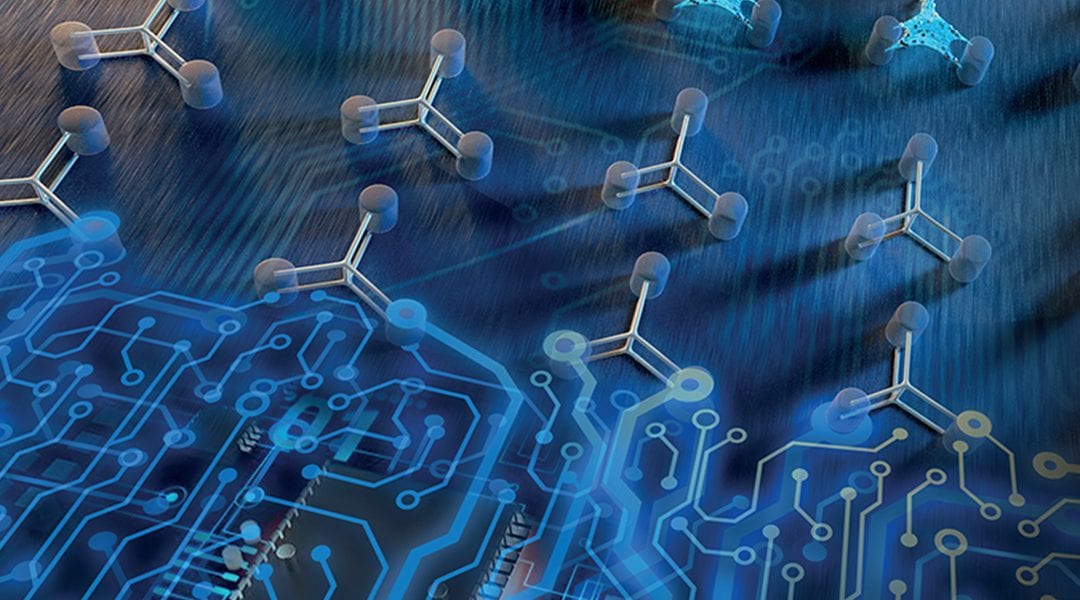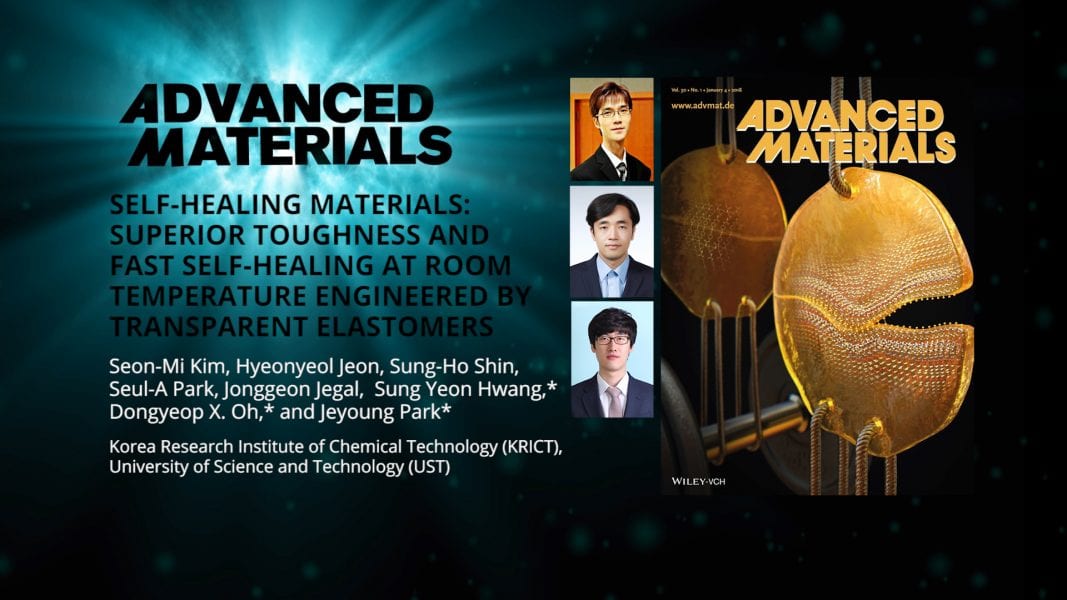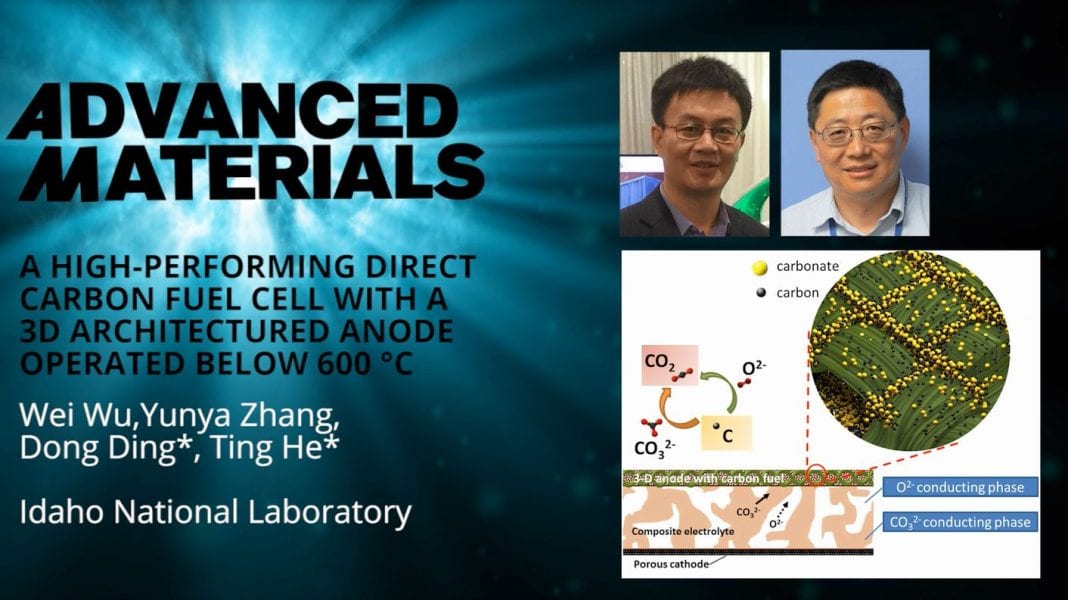Researchers in Barcelona have proposed a new mechanism for bone repair. They hope that the work might pave the way for advances in self-healing prostheses.


Researchers in Barcelona have proposed a new mechanism for bone repair. They hope that the work might pave the way for advances in self-healing prostheses.

Special AM30 Symposium at NANO2018 in Hong Kong.

A hybrid thermochromic window coating with excellent visible transmittance and thermochromic performance at room temperature, opens new directions in plasmonic coatings.

Complex micro and nanodevices are fabricated using a simple strategy that enables sophisticated architectures to be produced.

A team of researchers develop a unique molding process for generating all-liquid structures via interfacial jamming of cellulose nanocrystal (CNC) surfactants. The structures have long-term stability and can adapt or respond to external stimuli, allowing for potential applications in encapsulation, sensors, and liquid electronic devices.

Jingbi You explains how precisely adjusting the stoichiometry of planar architectures can affect the performance of perovskite devices, toward a PCE of over 21%.

Researchers from the Korea Research Institute of Chemical Technology report a novel self-healing polymer that undergoes rapid self-healing by aromatic disulfide metathesis. More than 75% of the initial mechanical properties are restored within only 2 hours, making it a promising material for the wearable electronics industry.

Researchers design a bio-inspired batoid robot from non-toxic hydrogels operated with Au microelectrodes.

Water is a resource that humans cannot live without. It is considered one of the major global challenges faced by our world. Current desalination techniques have limitations, including salt accumulation, and extracting water from ground sources has been less studied....

Idaho National Laboratory researchers design a 3D ultraporous ceramic framework as an anode for high-performance direct carbon fuel cells. below 600 °C. The cell can be operated efficiently at temperatures under 600 °C using solid carbon as fuel.